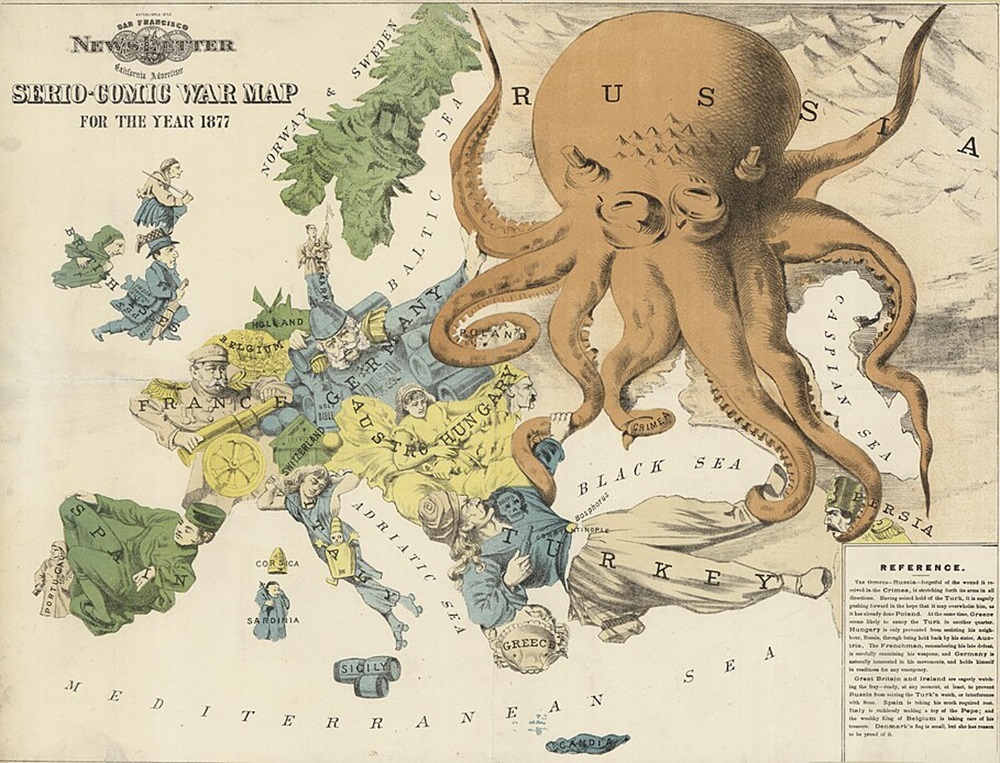
Already in April 1877 the Russo-Turkish War was raging, which would change the map of the Balkans. Russia, supporting the claims of Serbia, Montenegro, Bulgaria and Romania, had declared war on the collapsing Ottoman Empire. In late January 1878, Russian forces were marching towards Constantinople but their advance was interrupted by the intervention of the rest Four Powers. The war ended with the Treaty of San Stefano (3 March 1878), which recognized the independence of Romania, Serbia and Montenegro, and the establishment of the Bulgarian Principality.
Greece at this juncture has chosen, at least officially, the policy of neutrality. However, unofficially the Greek state supported the revolts that broke out in Epirus, Macedonia, Crete and Thessaly, mainly with bandit groups and volunteers.
Especially in Thessaly, the revolution, centred on Pelion, had been successful and seemed to be consolidating. In early February, a force of 250 men moved to Agia to reinforce the rebels, while they proceeded to capture the warehouses of the village of Voulgarini (Elafos), gaining important supplies for the rebels. However, the movements of the revolutionary groups were not coordinated and remained disorganized. The dispersed part of the armed forces could not face the more numerous Turkish army that arrived in the area led by Amush Agha and fled, leaving Voulgarini virtually unprotected.
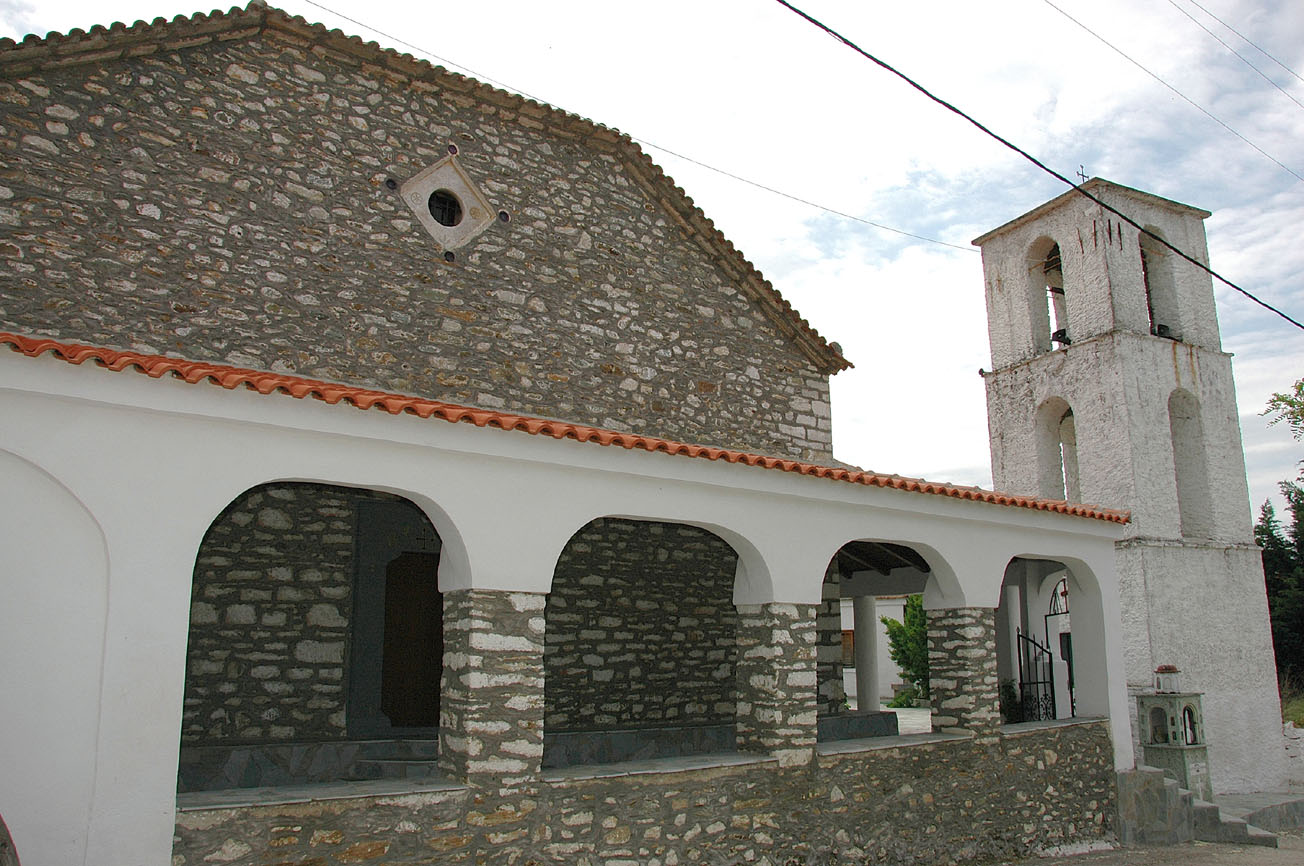
The villagers, frightened, left their homes in search of safety in the mountains. In a desperate attempt to save the village, the village chiefs decided to meet Amush Agha and appease him by offering him gifts and money. They marched towards his camp, perhaps knowing that their move was in vain. Indeed, the Agha took the money but executed the precursors while burning the bodies. But even the hamlet itself was not rescued. The Turks invaded the village and plundered it, while killing any inhabitants they found in the village.
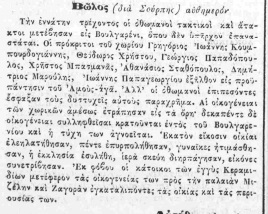
Efimeris journal-11-2-1878
A few years later, at the Congress of Berlin, the European powers recognised the necessity of the annexation of Thessaly to the Greek state. The sacrifice of the Voulgarini precursors, as well as those who still took part in the revolution, was not in vain.
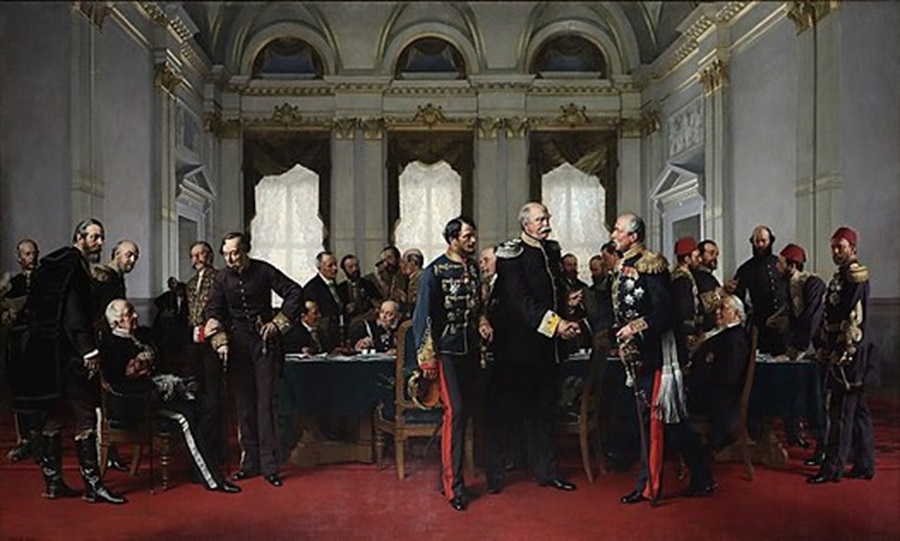
The first meeting of the delegates of the various countries at the Congress of Berlin. Painting by Anton von Werner (1884)
The Municipality of Agia, honoring the deceased, holds an annual memorial service in the village of Elafos (today’s name of Voulgarini).
The ceremony will take place on Sunday, February 9th at 10.00 a.m.

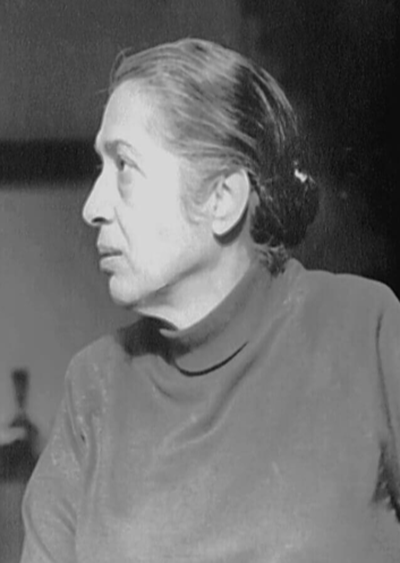
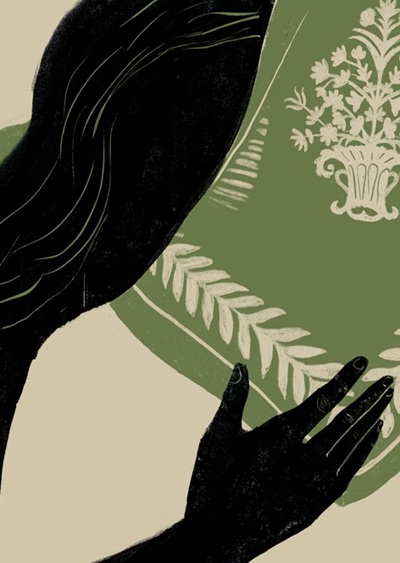
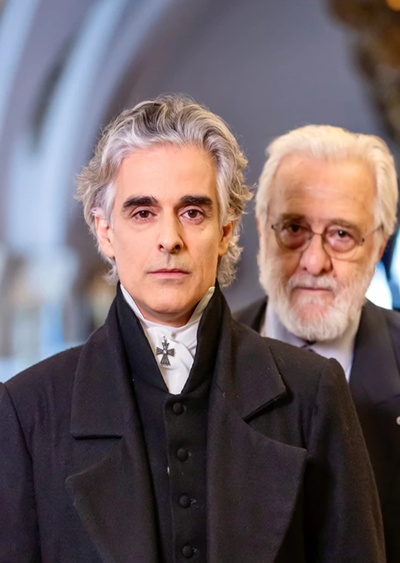



Leave A Comment